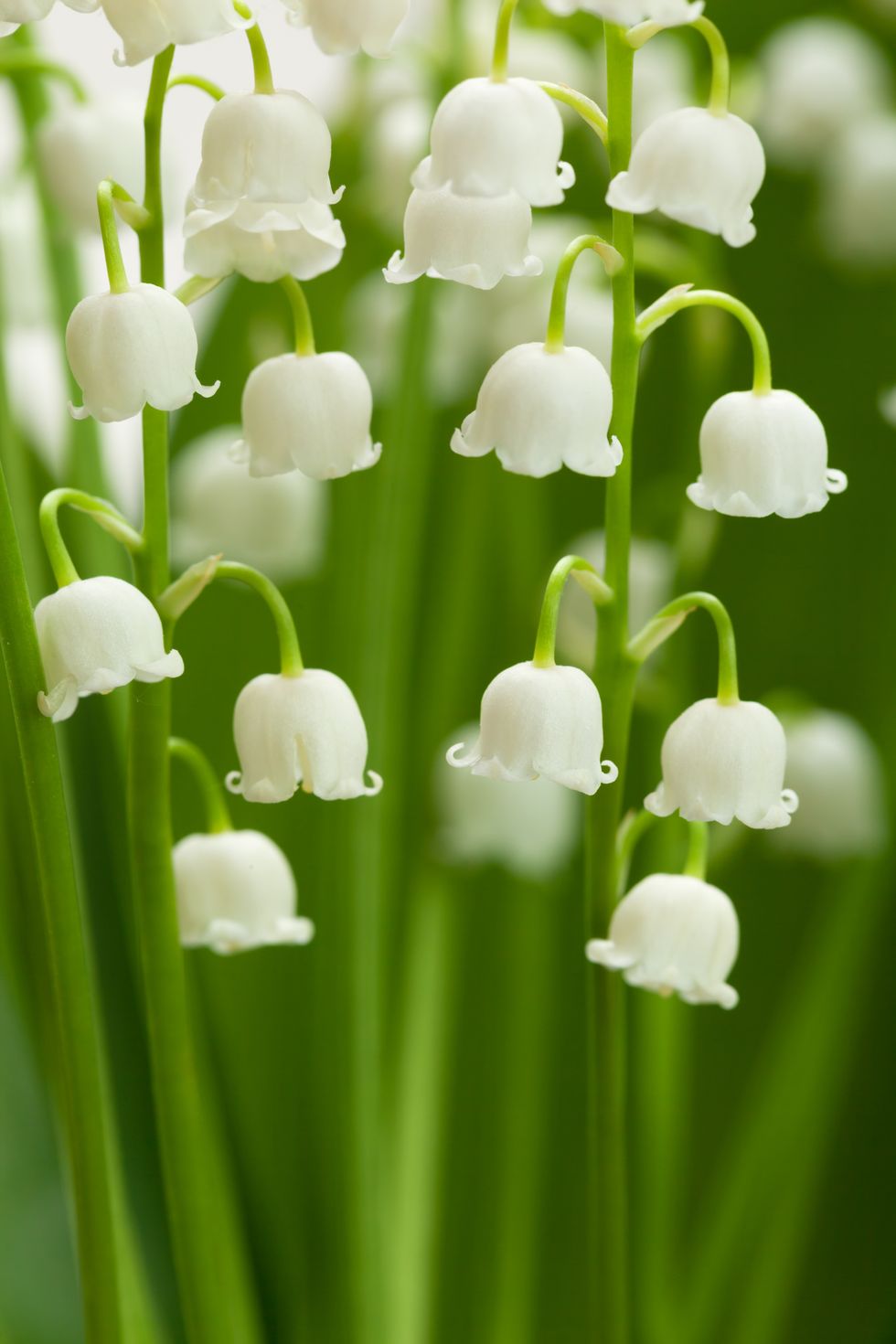Poisonous plants are plants that produce toxins that deter herbivores from consuming them. Plants cannot move to escape their predators, so they must have other means of protecting themselves from herbivorous animals. Some plants have physical defenses such as thorns, spines and prickles, but by far the most common type of protection is chemical.
Over millennia, through the process of natural selection, plants have evolved the means to produce a vast and complicated array of chemical compounds in order to deter herbivores. Tannin, for example, is a defensive compound that emerged relatively early in the evolutionary history of plants, while more complex molecules such as polyacetylenes are found in younger groups of plants such as the Asterales. Many of the known plant defense compounds primarily defend against consumption by insects, though other animals, including humans, that consume such plants may also experience negative effects, ranging from mild discomfort to death.
Many of these poisonous compounds also have important medicinal benefits. The varieties of phytochemical defenses in plants are so numerous that many questions about them remain unanswered, including:
- Which plants have which types of defense?
- Which herbivores, specifically, are the plants defended against?
- What chemical structures and mechanisms of toxicity are involved in the compounds that provide defense?
- What are the potential medical uses of these compounds?
These questions and others constitute an active area of research in modern botany, with important implications for understanding plant evolution and for medical science.
15 Deadly Plants You Might Have at Home
Lily of the Valley
Breaking Bad fans will remember that Walter White used this sweet-looking plant for some not-so-sweet deeds. Consuming its toxic compounds — called cardiac glycosides — can send people to the hospital with symptoms like dizziness, vomiting, rashes, and diarrhea. If left untreated, those little bells can even cause death.
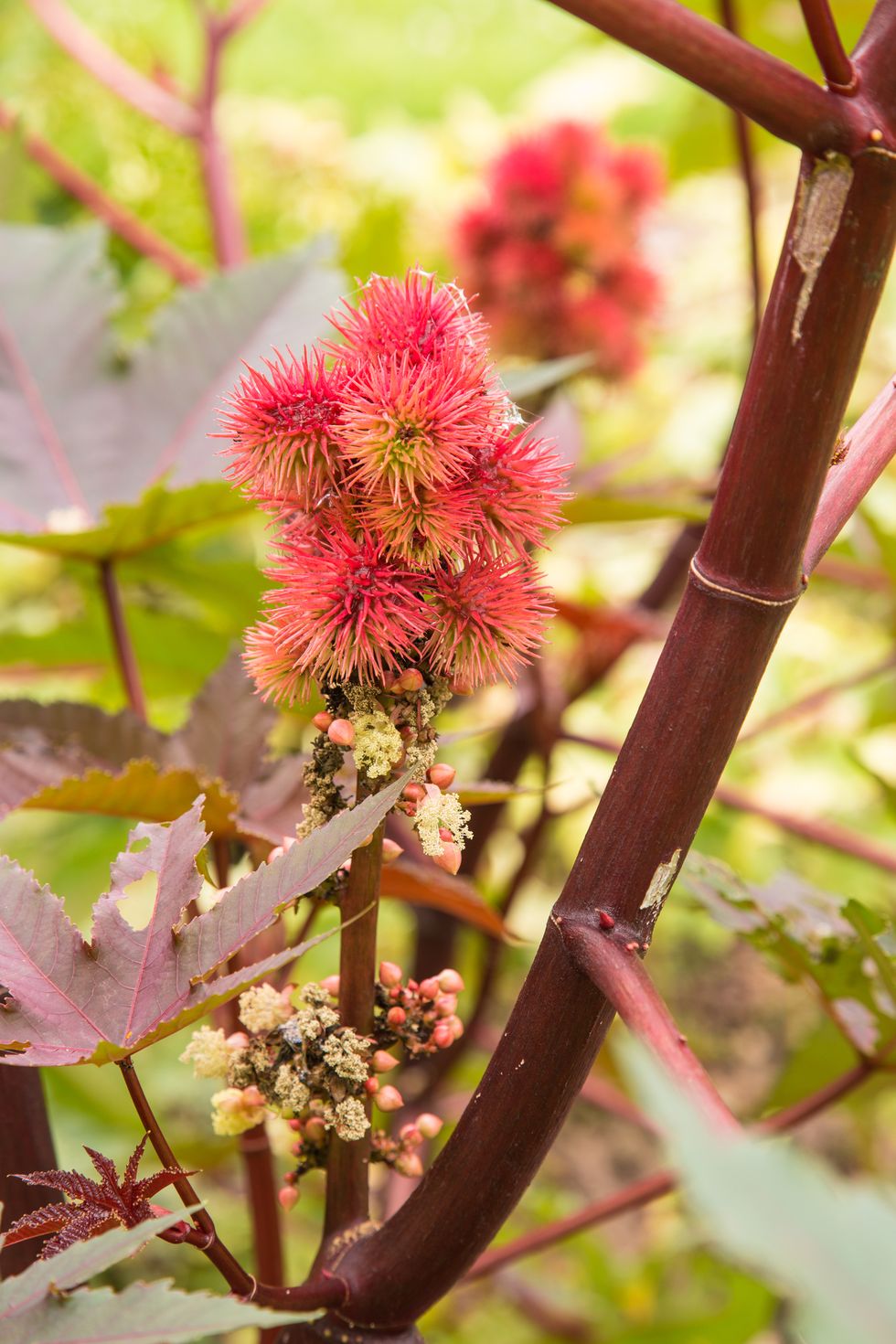
Castor Oil Plant
Castor oil plays a part in many home remedies, but the actual plant itself is more likely to kill you than cure you. The seeds contain one of the most poisonous naturally occuring substances known to man, according to Cornell University College of Agriculture and Life Sciences. Just one seed can kill a child, as the toxic protein ricin can cause severe dehydration from vomiting and diarrhea.

Rhubarb
The garden vegetable's stems do make for delicious pies. Just don't try using leaves. Eating too much will shut down the kidneys, occasionally proving fatal.
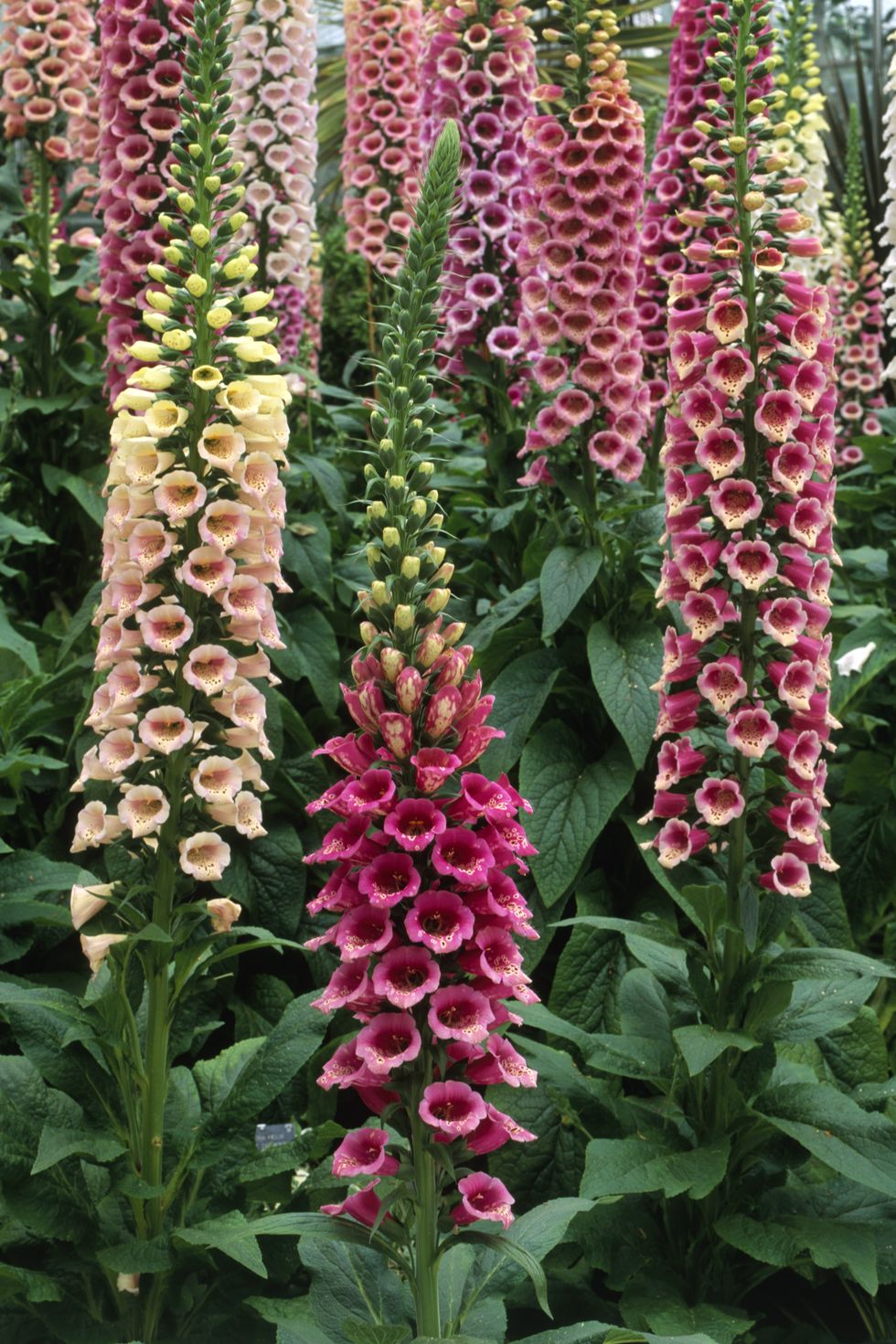
Foxglove
Don't let the pretty colors fool you. These bell-shaped blooms and their berries entice kids, but contain a compound used for treating heart failure. Eating them is like "taking an unregulated dose of heart medicine," according to Poison Control.
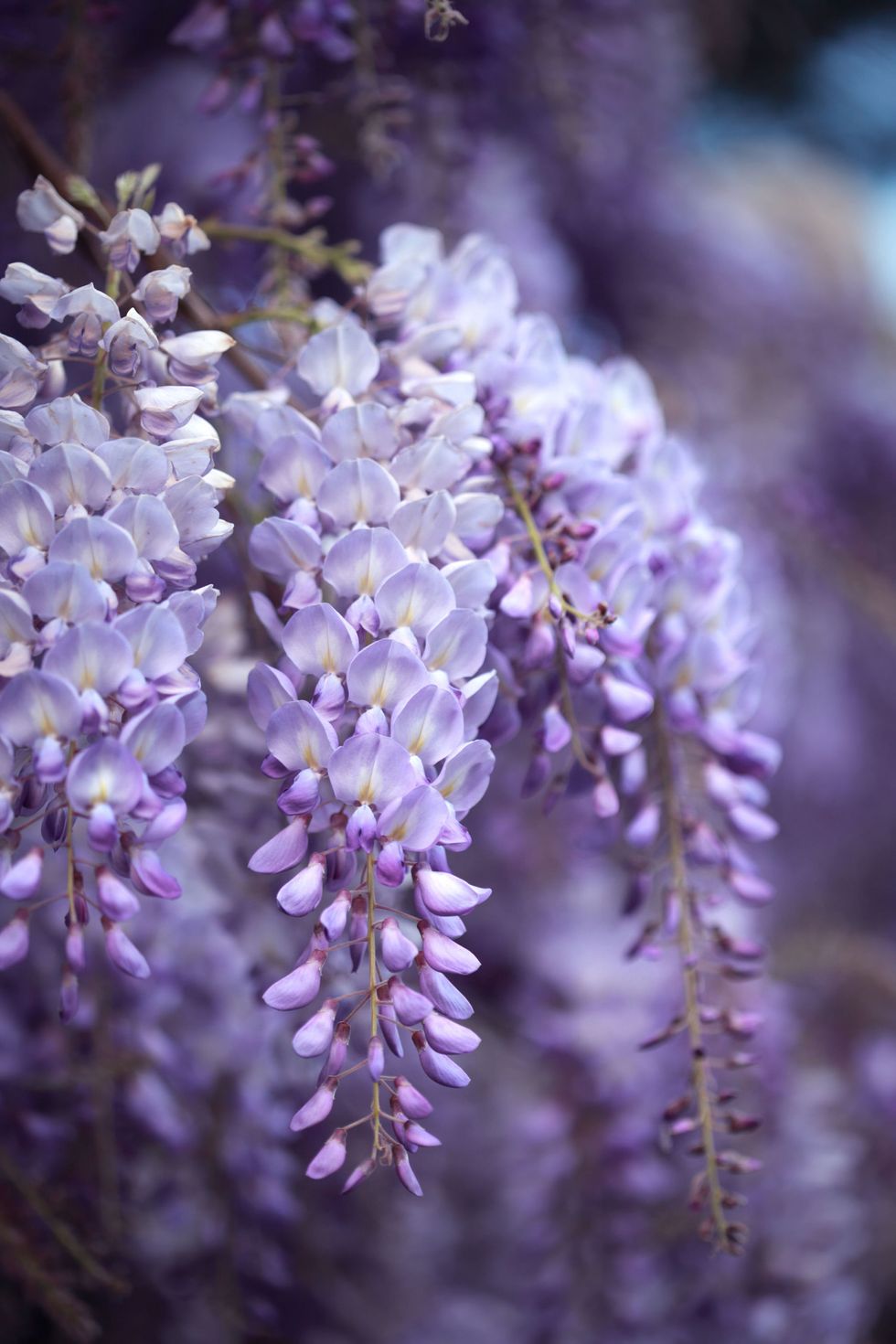
Wisteria
Thankfully this climbing vine rarely harms humans, but the seed pods are toxic to dogs, cats, and horses. Head to the vet if you develop symptoms like vomiting or diarrhea.
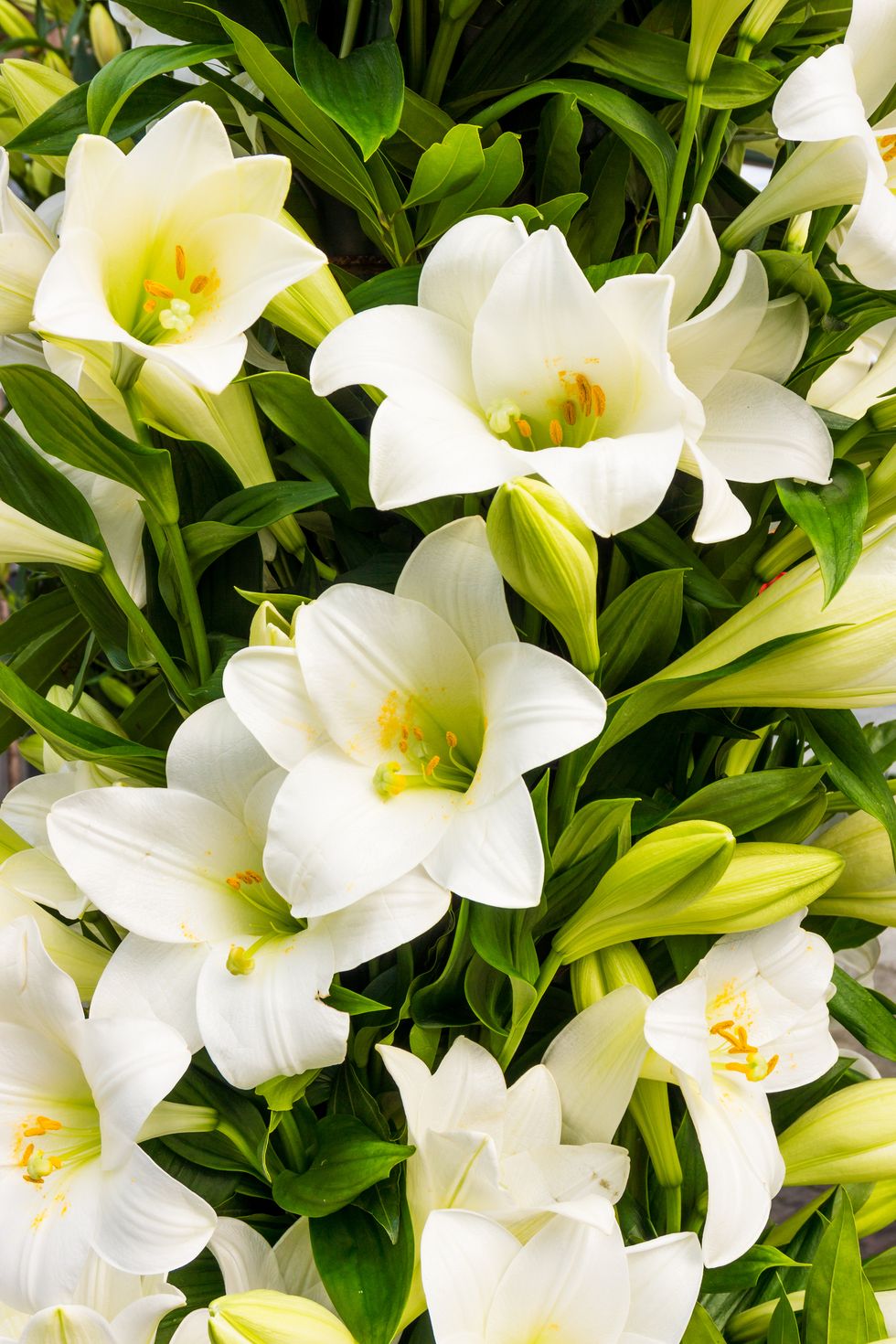
Lilies
While they're most popular around Easter, lilies in the Hemerocallis genus endanger cats even after spring. That includes common tiger and daylily varieties. Eating just a small amount can lead to acute kidney failure or death.
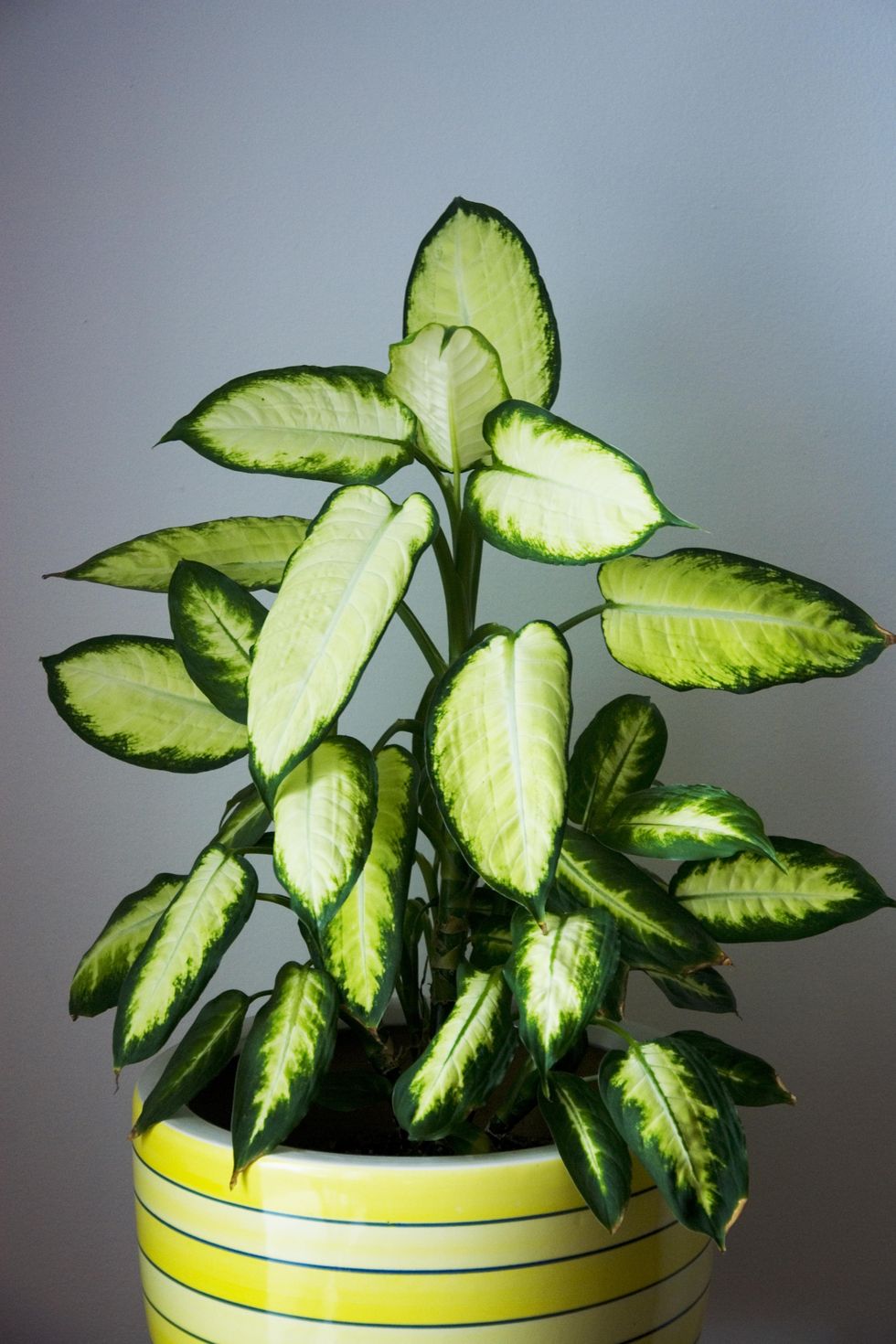
Dieffenbachia
Also known as dumb cane and elephant ear can become deadly if ingested, causing the airways to swell shut. Even brushing against it can cause burning or itching.
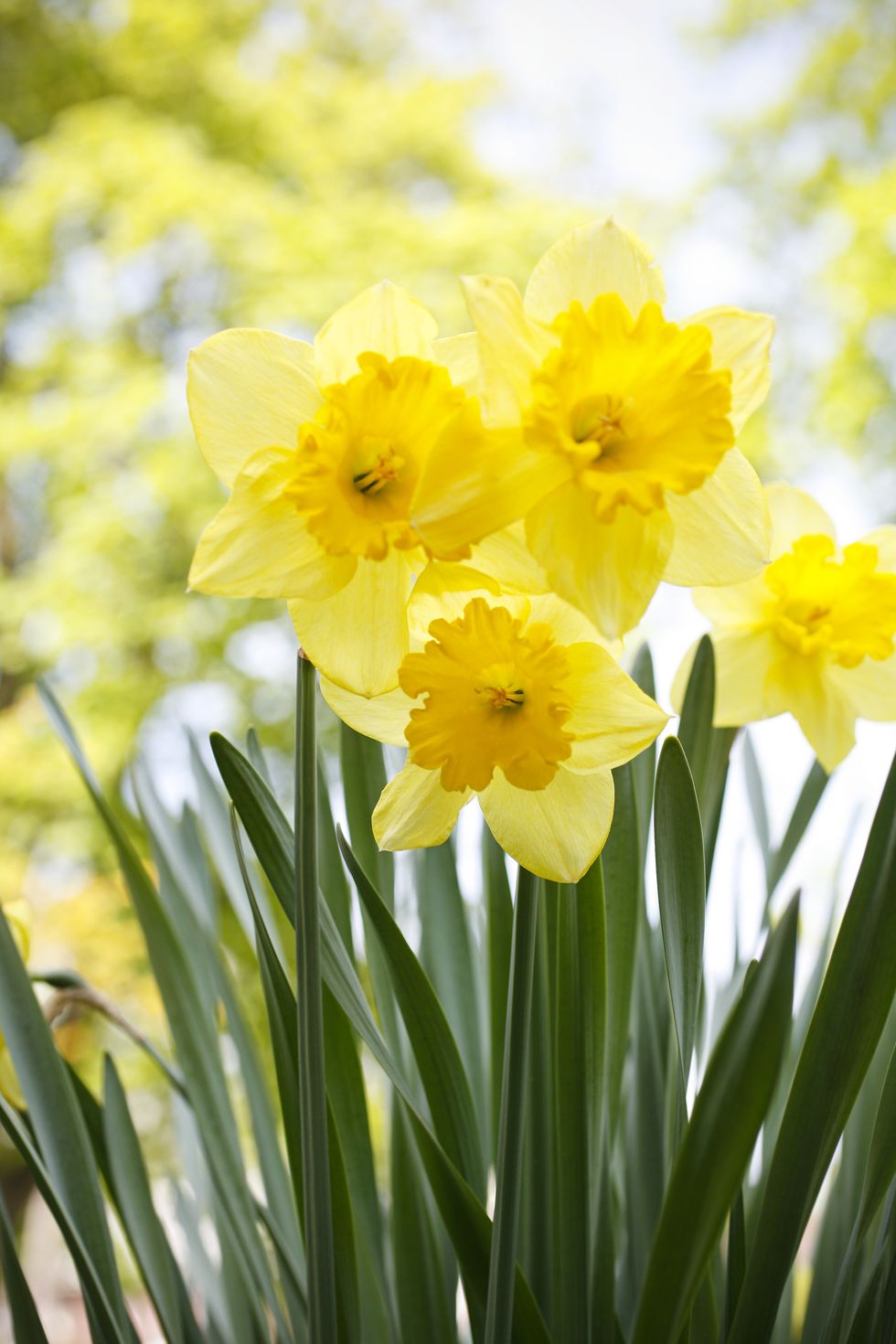
Daffodil
The bulbs are the most poisonous part of these so-called friendly flowers, so you might think twice about planting them if you have a dog who likes to dig. Ingesting too much could cause vomiting, diarrhea, convulsions, tremors, and cardiac arrhythmia.

Hydrangea
These popular blossoms contain a toxin that's no joke: cyanide. But don't uproot your plant just yet. Pets and humans need to ingest quite a bit of these flowers for the effects to be fatal.
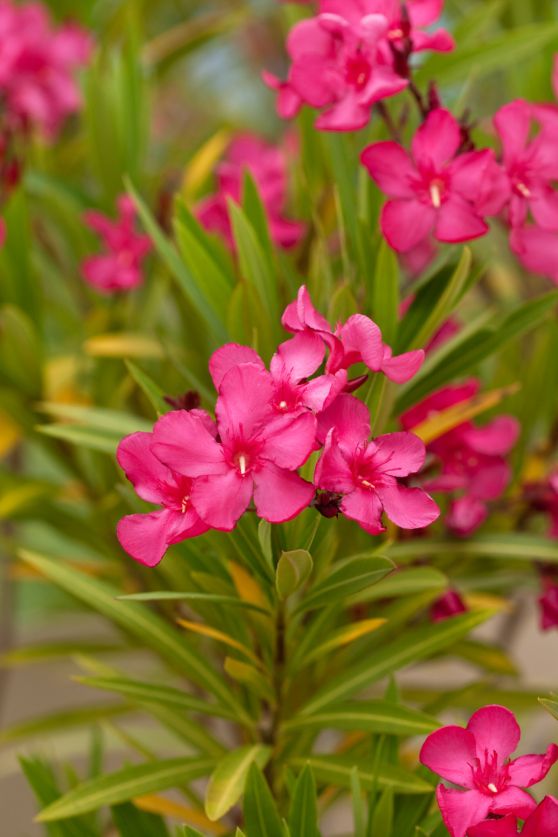
Oleander
Eating only a small part of this plant (which flowers in white, pink, or red) can be fatal. In one case, just one leaf was enough to harm a child. Symptoms of poisoning include drowsiness, slowed heart rate, and shaking.
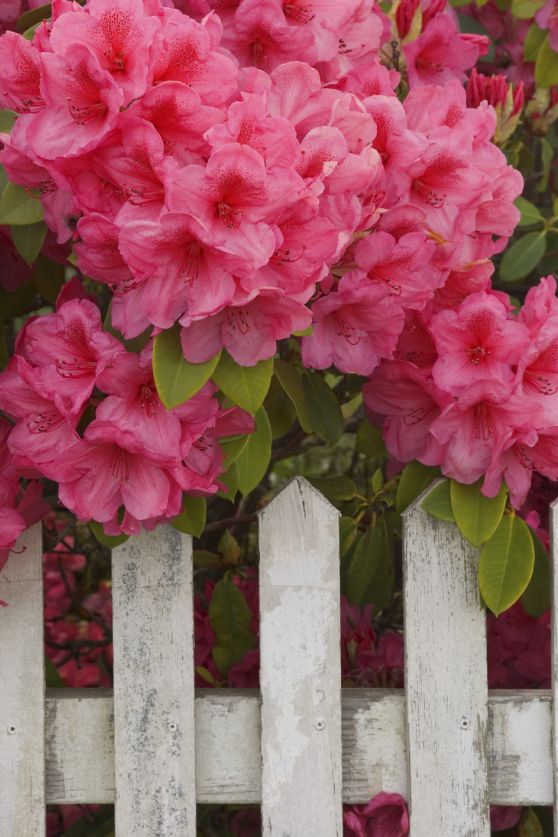
Rhododendron and Azalea
These beautiful blooms look picture-perfect peeking out over a white picket fence, but the entire plant is highly toxic. Ingesting a flower, stem, or leaf could lead to abdominal pain, difficulty breathing, paralysis, coma, and even death.
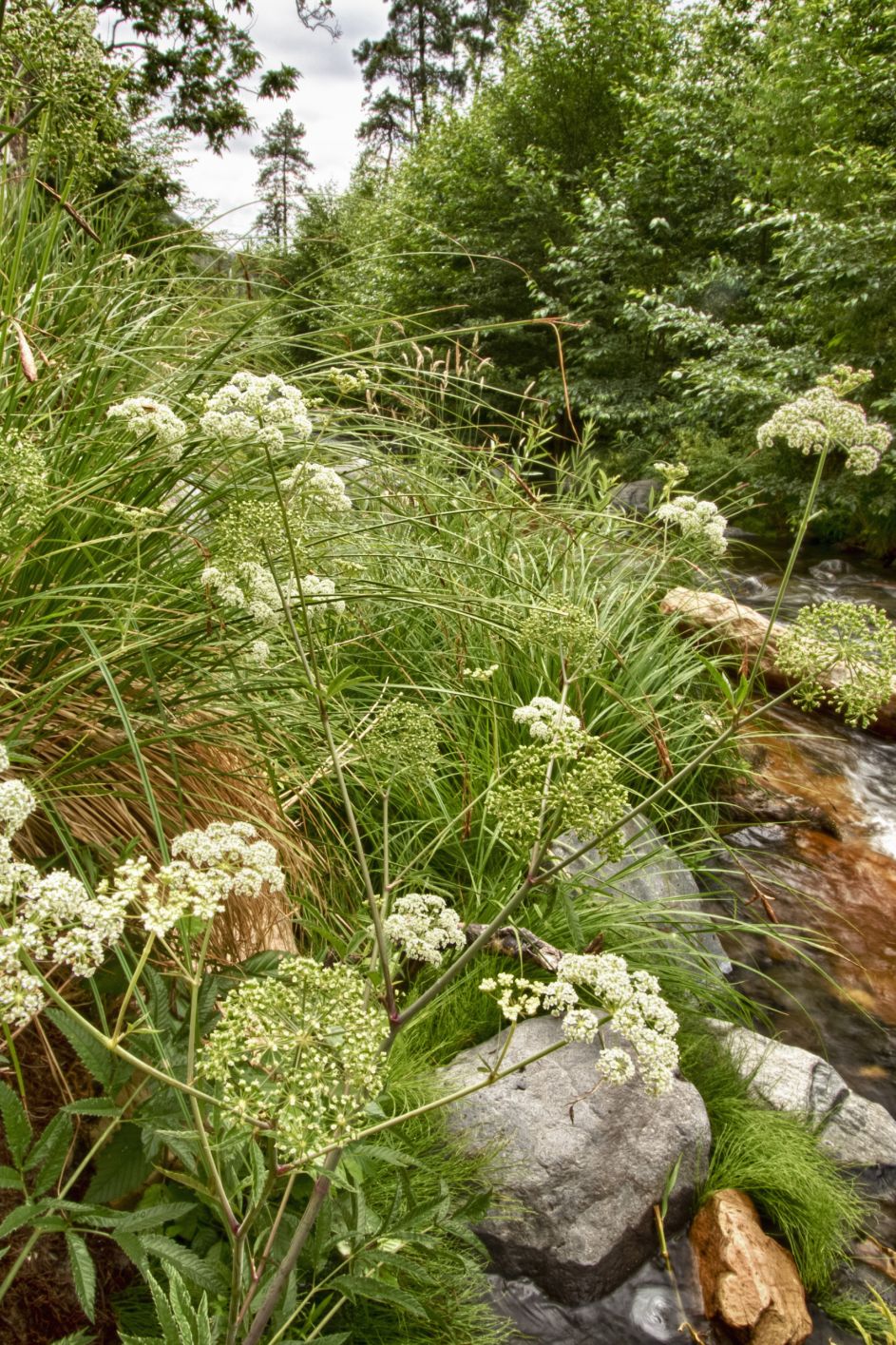
Water Hemlock
These small white flowers might appear in your garden as weeds, and if you have curious pets, you should remove them. White hemlock's toxin (which smells like carrot) attacks the nervous system, and can cause serious harm to animals and humans.
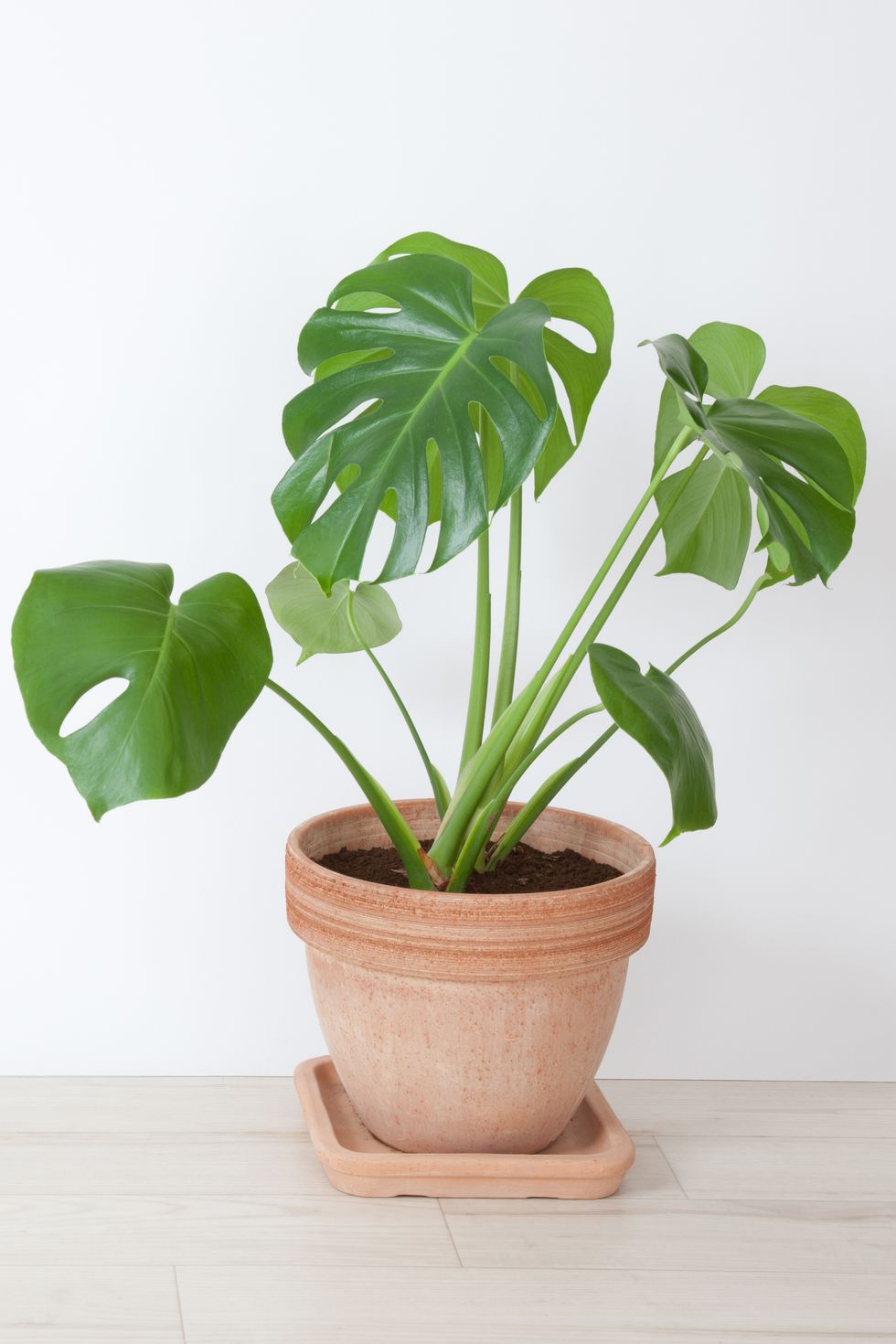
Philodendron
The sap from these trendy houseplants can irritate your skin and mouth, resulting in throat swelling, breathing difficulties, burning pain, and stomach upset. Severe reactions are rare, but it's still best to keep philodendrons away from kids and pets.

English Yew
This entire plant is poisonous (save for the berries), but the seeds are the most toxic. The alkaloids throughout the yew can cause convulsions, paralysis, and, in extreme cases, heart failure.
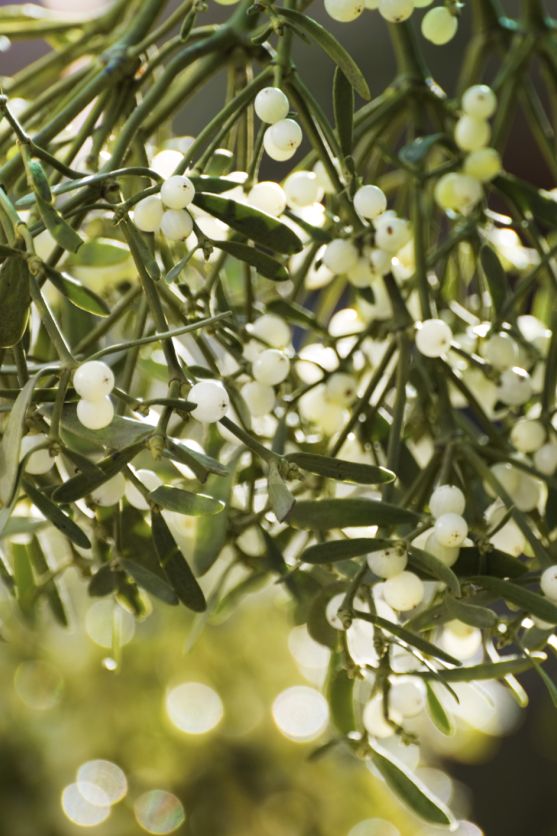
Mistletoe
Whether this parasitic plant (which probably makes an annual holiday appearance in your home) can cause death has been debated, but it can cause digestive problems, slowed heartbeat and hallucinogenic effects in humans in large doses, and is of particular harm to pets.

